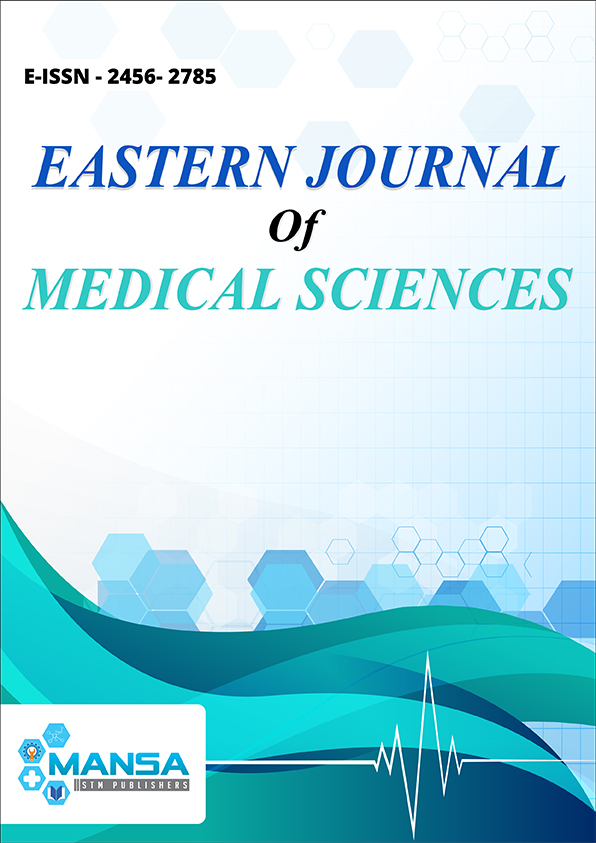Malaria: Prevalence and related factors in children at Aba, Southeast Nigeria
DOI:
https://doi.org/10.32677/EJMS.2020.v05.i03.002Keywords:
Aba, Malaria, Prevalence, Related factorsAbstract
Background: Childhood malaria has remained a major public health burden. It severely affects children aged under-5 years, particularly in Sub-Saharan Africa. Curbing the prevalence of malaria begins with determining the prevalence and related factors of the disease in the community. Objective: The objective of the study was to determine the prevalence and related factors of malaria in children at Aba, Southeast Nigeria. Materials and Methods: In this retrospective study, 275 case files of children admitted with malaria in the Department of Paediatrics of the Abia State University Teaching Hospital from January 1, 2016, to December 31, 2016, were analyzed. Results: During the study period, among the 440 overall admission, 275 children were diagnosed with malaria. The prevalence of malaria in our study was 62.5%. The male:female ratio was 1:1.2. We found, 234 (85.1%) children were <5 years of age, 23 (8.2%) belonged to the age group of 5–11 years, and 18 (6.7%) were aged between >11 and 16 years. The highest prevalence of malaria 40 (14.4%) occurred in September while the least 10 (3.6%) occurred in April. Around 247 (89.8%) patients were discharged home, 18 (6.5%) patients succumbed to death, and 6 (2.1%) patients were discharged against medical advice. Conclusion: The prevalence and mortality rates of malaria are high. To curb the trend of this disease, good environmental sanitation, prevention of the anophelene mosquito blood meal on humans, and early diagnosis and treatment of malaria should all be enhanced.
Downloads
Downloads
Published
Issue
Section
License

This work is licensed under a Creative Commons Attribution-NonCommercial-NoDerivatives 4.0 International License.

